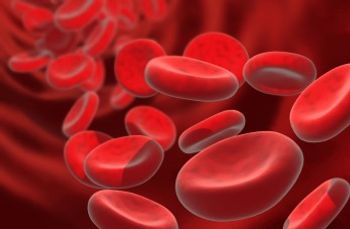
- Oncology Vol 28 No 1S
- Volume 28
- Issue 1S
(P006) Comorbidities and Senior Oncology Patients: How Comorbidities Affect Older Women With Cervical Cancer
Despite improvements in public health and important advancements in clinical care, cervical cancer is still an important condition among older women.
Sandra S. Hatch, MD, Rafael Samper-Ternent, MD, PhD, Dong Zang, PhD, Yong-Fang Kuo, PhD, Jean Freeman, PhD; UT Medical Branch
Despite improvements in public health and important advancements in clinical care, cervical cancer is still an important condition among older women.
Objectives: Analyze a cohort of older women with cervical cancer and explore the role of comorbidities on the rates of late gastrointestinal (GI) and urinary (GU) toxicities after treatment.
Methods: Using the Surveillance, Epidemiology and End Results (SEER) database linked to Medicare claims, we analyzed rates of GI and GU toxicities over a 60-month period among women aged over 65 years diagnosed with stage I and above cervical cancer between 1992 and 2005. All 2,080 women were treated with radiation therapy. We initially compared women who reported any GI or GU toxicity with those who reported no toxicity using chi-square tests. Using the Charlson index, we then compared mortality rates by Charlson index score to determine if number of comorbidities affected mortality. Time-to-event analysis was used to compare rates of survival by Charlson score.
Results: Death rates progressively increased as the Charlson index score increased, with women reporting a score of 3 having the highest mortality rate (81.5%) after 60 months from diagnosis of cervical cancer. Time-to-event analysis by type of toxicity showed significant differences in survival rates among those with score 0 and those with score 3 in the index for GI but not for GU toxicity.
Conclusions: Comorbidities play an important role in survival of women with cervical cancer. Physicians need to carefully evaluate comorbidities among older women with cervical cancer and discuss the benefits of cancer treatment based on the clinical profile for each patient.
Articles in this issue
Newsletter
Stay up to date on recent advances in the multidisciplinary approach to cancer.

















































































